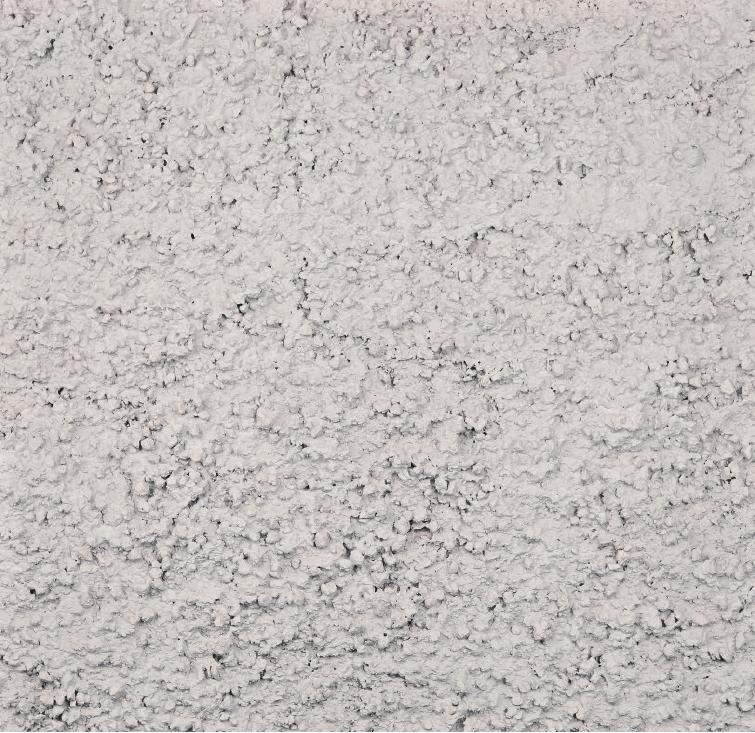Allgemein
Kunstvolle Räume
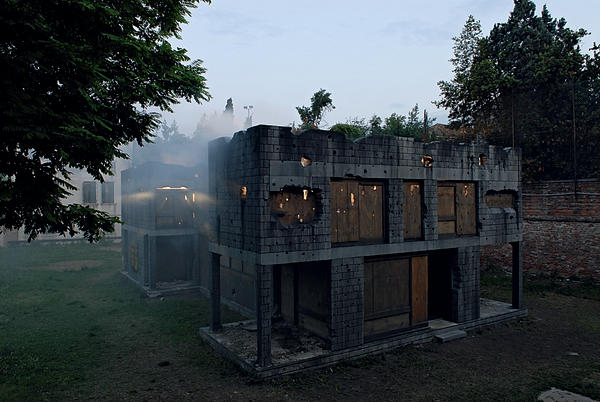
Die ausstellenden Künstler der diesjährigen Sommerevents in Venedig, Basel, Kassel und Münster zeigen unter anderem auch Räume und räumliche Qualitäten, die der gegenwärtigen Architektur neue Impulse geben könnten. Beispielsweise imitiert Callum Mortons »Valhalla« im Garten des Palazzo Zenobio ein Haus, das von außen aussieht, als stehe es in einem Kriegsgebiet. Innen befindet sich ein polierter, gebrochen weißer Nicht-Raum in diffusem Licht, ohne Bezüge, ohne Identität. Damit erzählt der Künstler einerseits eine sehr private Geschichte vom physischen Verlust seines Elternhauses. Andererseits verweist er auf Millionen Menschen weltweit, die täglich gewaltsam die gleiche Erfahrung machen, aber auch auf die generelle Entwurzelung in Bezug auf Orte und Zeiträume, die wir uns mit unserer Technikgläubigkeit selbst zugefügt haben. Ähnliche Aussagen gab es immer wieder. Die gezeigten Räume waren ein übertriebenes Abbild unserer Realität: einerseits dunkel, undurchsichtig, fast schon mystisch, andererseits laut, quietschbunt und völlig überladen. Komprimiert sichtbar war das im kanadischen Pavillon auf der Biennale, wo David Altmejd eine Art Spiegelsaal schuf, vollgestopft mit seltsamen Kreaturen und künstlicher Vegetation. Was hat das mit Architektur zu tun?, mag man fragen. Architektur besteht nicht wie Kunst aus Aussagen, die sich morgen schon wieder ändern können, sondern ist eine ernste Angelegenheit. Eben deswegen sind die Aussagen der Kunst so wichtig, denn sie thematisieren Aspekte unserer Wirklichkeit: einerseits die alltägliche Zerstörung durch Kriege und Abrisse oder das irrsinnige Wachstum asiatischer Städte. Diese Umgebung zu gestalten, ist nach wie vor die Aufgabe von Architekten. Dass sie es können, zeigen gerade die jungen Architekten, die sich kreativ mit der technisierten Umwelt auseinandersetzen und vielleicht sogar bald biologische und chemische Prozesse einbeziehen.
~Aaron Betsky
Towards an Architecture of Limbo
You walk through a dilapidated palazzo, into a garden filled with weeds, and find the ruins of a house that looks as if it has gone through a bombardment. Crumbling and gashed by holes, it makes you think that some secret war has taken place in the »serene republic« of Venice, but you have somehow missed the news reports. Step away from Venice’s summer sun and inside the seeming ruin and suddenly you are in a completely chilled space, its floor and walls covered with white marble. Piped-in music caresses you in waves that fall down like the the air conditioning washing down from vents in the ceiling. Three elevator doors, half-sunken into the floor, continually promise ascent, but never deliver. You are in limbo. You are in a refined, but disconcerting vision of the here and now.
Callum Morton’s Valhalla, an installation at the Venice Biennale, might not be a piece of architecture in the traditional sense of the word, but this artwork does have all the spatial qualities and range of experiences, as well as the structural integrity, difference between inside and outside, and even conditioned environments, that we associate with purpose-built and thoughtful buildings. It is a piece of architecture in that it tells us something about the state of buildings, or at least evokes questions about that state. In fact, Morton’s house is a version of the home his father built for his family and which was recently torn down. By making an aide-memoire that looks as if it has been the victim of warfare, Morton connects a personal sense of loss with a global story of destruction that affects countless millions every day. The interior, meanwhile, evokes a world of science fiction where everyday reality has been altered through the intervention of technology to the point that our future seems in some profound manner uncertain. The past is something that is being destroyed, the future offers no solace, and in-between we dwell in ruins shot through with an invisible technology producing uncertainty.
This, I think it would be fair to say, is our current state of architecture. We live in and try to make due with the physical structures, the cities and the environments we have inherited, and invest these husks with the electrical, communications and mechanical systems that make them into temporary places of living, work or play that could be anywhere and that give no promise of a final goal. Architects merely accept this situation; artists make us aware of it. The recent assembly of art objects, images and places spread throughout Europe, in England, at the 52nd Venice Biennale, at the 12th Documenta in Kassel, and as part of the 4th sculpture project in Münster were full of reminders of our current state of construction.
A sense of death and destruction was everywhere. The season’s icon was without a doubt Damien Hirst’s diamond-encrusted skull, a sensational image of both death and luxury exhibited in London that drew both huge crowds and controversy. A much more subtle use of human structure was on display in Hyungkoo Lee’s monstrous deformations of skeletons in the Biennale’s Korean Pavilion, but the bleached bones showed up everywhere. One exhibition, Artempo, staged at the Palazzo Fortuny to coincide with the 52nd Biennale, presented a menagerie of monsters and remains spanning thousands of years of human history, all to remind us of our own mortal selves.
In the »official« part of the Biennale, curator Robert Storr’s show at the Arsenale, made the connection between the tradition of the memento mori and the death and destruction that pervades so much of our world explicit. Photographs of Palestine contrasted with documents of the insanity of Asia’s urban development. Reminders of an impending atomic holocaust seemed like iconic relics amid pictures of the smaller-scale, but widespread destruction that is taking place in so many places at the same time. Walking though the Arsenale – and parts of Documenta – one could easily believe that the Third World War has already started, we just haven’t noticed it.
The most articulate emblem of this state of fear, paranoia and power struggle that erupts, like a boiling pot of water, into a periodic moments of violence, was Iñigo Manglano-Ovalle’s reconstruction of the chemical weapons truck the American spy satellites may or may not have seen in Iraq. Presented in near complete darkness, its forms were abstracted into aluminum outlines you could barely see. It was ominous and beautiful at the same time, the merest hint of destruction, deception and betrayal. Against this dark space, the bright fairytale land the Russian art collective AES+F projected in the Biennale’s Russian Pavilion showed a war going on in some mythical terrain that could be anywhere. Teenagers fought, but never hit each other, endlessly reenacting a video game without conclusion.
What mattered just as much as the messages such installations may have tried to convey wasthe spaces they evoked. Dark and difficult to understand, and then again bright and overloaded with images, they were our reality taken to an extreme.
The most complete version of this distilled world was the artist David Altmejd’s installation in the Canadian Pavilion. A literal hall of mirrors, it took the polite, articulated structure of the Pavilion, covered it with shards of glass and filled it with fake vegetation. Mannequins in business suits with heads of chickens and other hybrids between humans and monsters inhabited this world of uncertainty. You could never be sure if you were even inside or outside or whether you were seeing a diorama of some horrific, but strangely bountiful future, a past we until now had never realized existed, or just a reality we hadn’t noticed.
What you were seeing, of course, was a world of art, and it would be easy to dismiss all of this as the artifice of artists. Architecture, some would say, is more serious business, concerned with housing our daily needs and, at its best, building for the ages. Statements disappear into the air once they are spoken and images are fleeting. Architecture remains. Yet I for one felt more compelled by the spaces I saw at these events than I have by any recent work of accredited architects. It made me aware that there were aspects of my physical world that I was not seeing and built me models of the world that I may be losing or gaining.
In a practical sense, these artworks did highlight trends that architects can use. There is a persistent interest in ruins and the preservation of the useless – think of Lacaton & Vassal in the Palais de Tokyo or David Chipperfield in the Museum Island in Berlin. There is, among a younger generation that has not yet built, a strong interest in the aesthetic generated by the futuristic and violent worlds of video games and other forms of popular culture. More and more of us believe that we need to not only save our environment, but that we should – and, because of advances in technology, can – integrate biological, genetic and chemical processes into everything we make.
What we do not have are the images and the forms that will allow us to build according to these desires. What architecture also lacks is a sense that it can respond to the dilemmas that are facing us as human beings. We can flee into activism as citizens, or we can try to build bulwarks against a world of continual change and violence by making monuments to and of the past. Or we can learn from the visions of artists, and try to make an architecture not of a history out of which we have emerged or towards a future we cannot yet inhabit, but in an uncertain here and now. Artists will show us how.
Aaron Betsky ist Direktor des Cincinnati Art Museum. Davor leitete er das NAI und war Kurator für Architektur, Design und Digital Projects am San Francisco Museum of Modern Art. Als ausgebildeter Architekt hat er rund ein Dutzend Bücher über Architektur und Design verfasst, zuletzt »False Flats: Why Dutch Design Is So Good« (2004).
Teilen:






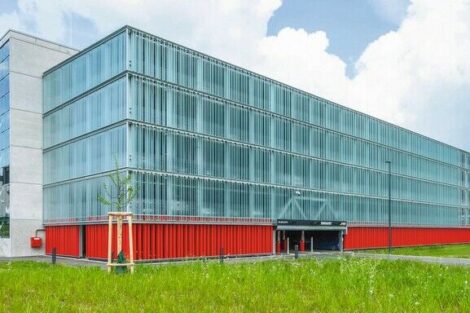
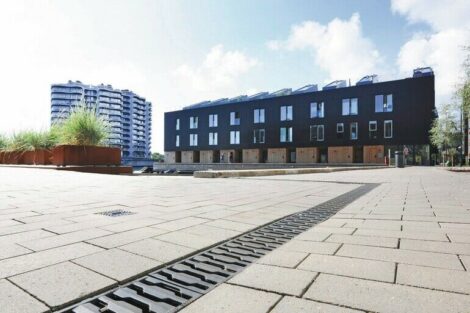
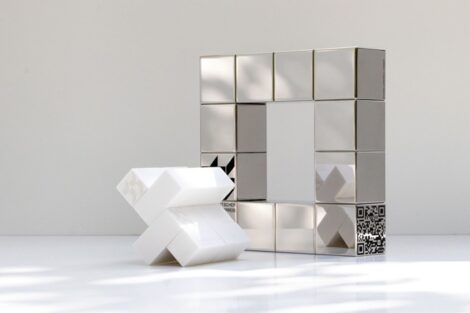
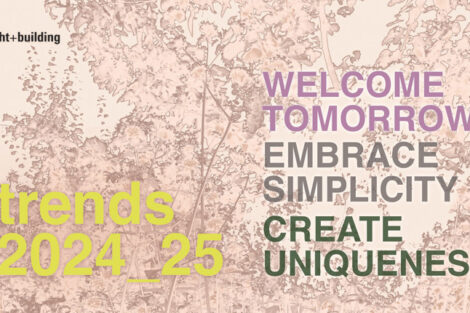
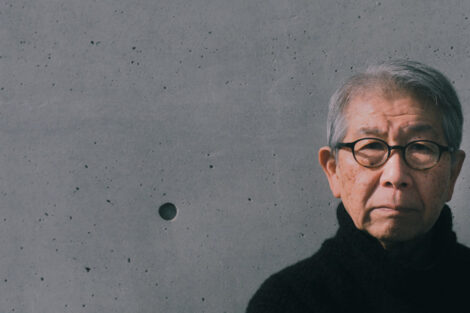
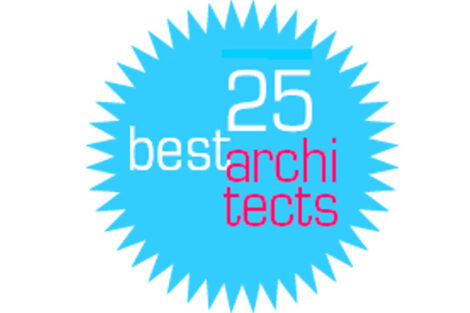
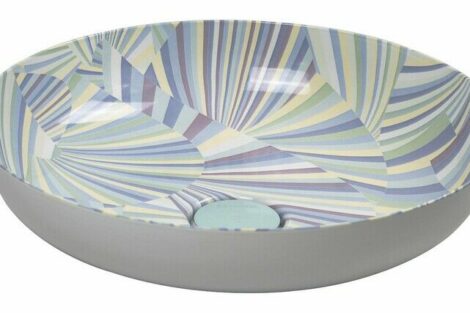
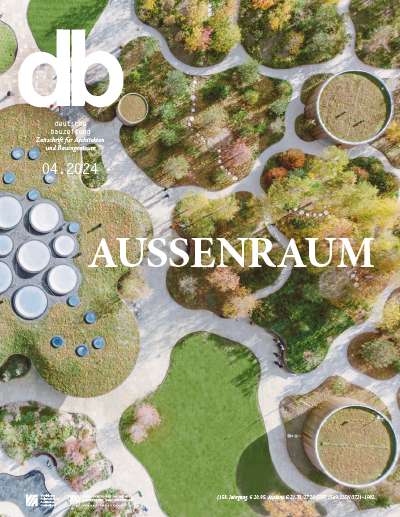

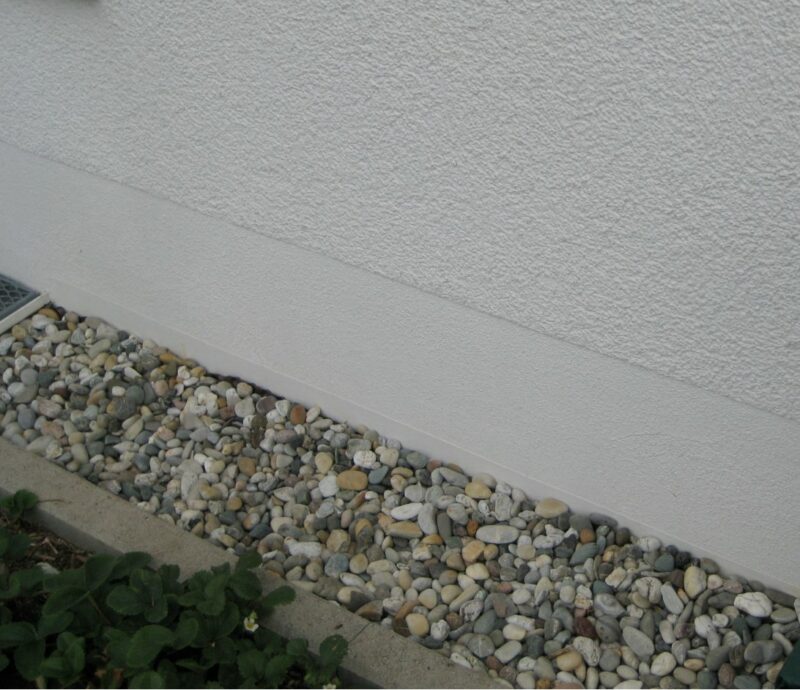
 Trockene Socken
Trockene Socken